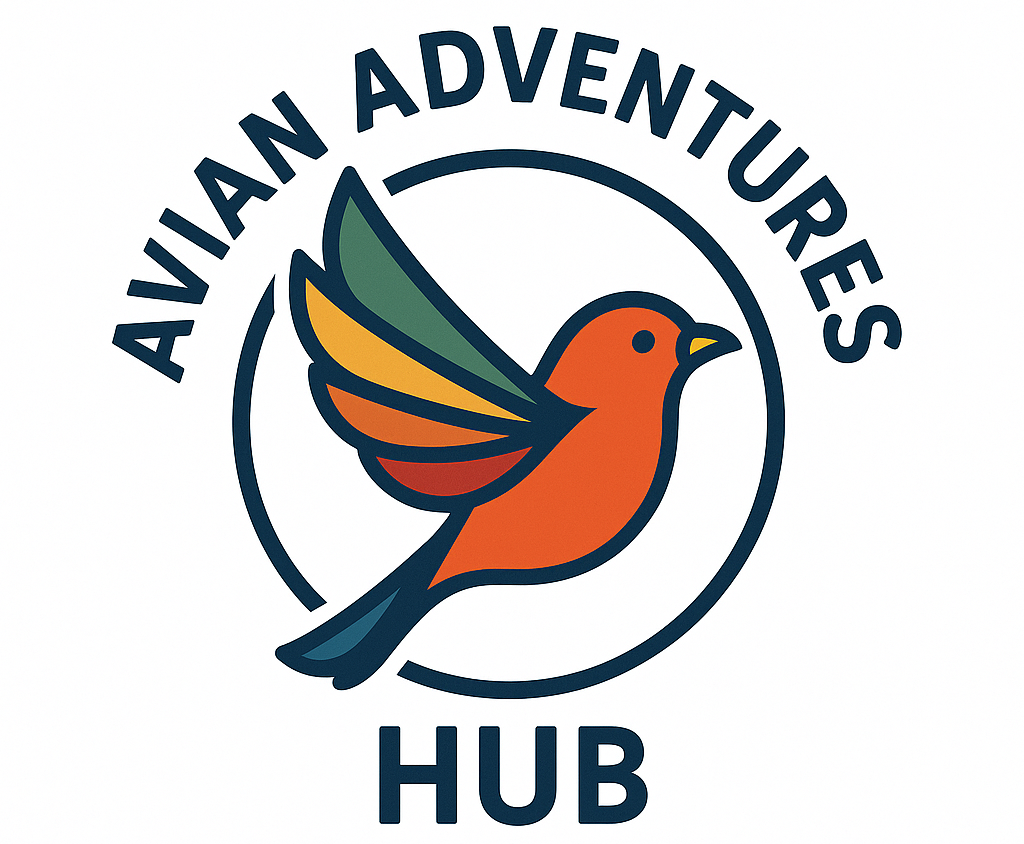Birding Tour Australia: from the Outback to the Wet Tropics
Click link below to learn more:
Length of trip
Description
Australia, the island continent, is a remote landmass that drifted away from Antarctica tens of millions of years ago. Without significant volcanic activity and other mountain-building forces it is also the flattest continent, with the world’s oldest soils. Despite its lack of topography this incredible landmass is one of extremes. The Outback, the continent’s core, is a vast and hostile desert with unpredictable weather patterns that sometimes flush the landscape green. Along the edges more regular precipitation allows ancient rainforests, heathlands, and fire-resistant sclerophyll woodlands to grow. Due to its long isolation and harsh environments Australia is now home to birds of a different feather, including eight endemic bird families and a further seven shared only with neighboring New Guinea. About 300 bird species are endemic to Australia, making it second only to Indonesia in this regard. Throughout this country’s every extreme its amazing avifauna has shown the adaptability and resiliency to survive in even the most challenging environments. In addition, this avifauna is just dripping with charismatic species, from bowerbirds to parrots to fairywrens to kookaburras to cassowaries to lyrebirds. Throughout the course of this small-group tour we sample habitats ranging from the arid plains north of Deniliquin to the wet rainforests of the Atherton Tablelands in search of as many of these wonderful birds as possible, while also appreciating the many other unique plants and animals along the way.

The incredible birds and wildlife of eastern Australia: a virtual birding tour by Andy Walker (who guides our Australian tours). This presentation was part of the highly recommended SE Arizona birding festival hosted by the Tucson Audubon Society (also see their YouTube channel here).
 Pink Cockatoo (formerly called Major Mitchell’s Cockatoo) is one of our spectacular target birds on this eastern Australia birding tour.
Pink Cockatoo (formerly called Major Mitchell’s Cockatoo) is one of our spectacular target birds on this eastern Australia birding tour.
Our journey begins at the cosmopolitan city of Melbourne, Victoria in southeast Australia, visiting coastal heathland for several localized habitat specialists such as Gang-gang Cockatoo and Beautiful Firetail. Farther north and west towards the interior, arid mallee vegetation and saline lakes provide habitat for the mound-building Malleefowl, the impossibly blue Splendid Fairywren, the gorgeous Pink Cockatoo, among a host of other species. On one evening we make a special effort to observe the monotypic Plains-wanderer in the dry plains north of Deniliquin in New South Wales.
 We will search for Plains-wanderer (a monotypic family) in the dry plains of New South Wales.
We will search for Plains-wanderer (a monotypic family) in the dry plains of New South Wales.
Following our time in New South Wales we will swing southeast through the sclerophyll forests of Chiltern and the temperate forests near Melbourne for targets such as Turquoise Parrot and Superb Lyrebird.
After an internal flight from Melbourne to Brisbane, Queensland, we drive up to the famous O’Reilly’s Rainforest Retreat, nestled within a large tract of subtropical rainforest, for a totally new set of stunning birds such as Paradise Riflebird, Regent Bowerbird, Satin Bowerbird, Noisy Pitta, Albert’s Lyrebird, and Australian Logrunner.
On the last leg of our journey we visit the Wet Tropics of far northern Queensland to explore one of the world’s most ancient rainforests for key species such as Southern Cassowary and Buff-breasted Paradise Kingfisher. We also take a day trip to the Great Barrier Reef, where the colors and diversity of the fish and corals rival those of the birds, with a chance to swim with Green Turtles. Evening spotlighting sessions on many of these nights should also produce a host of endearing and unusual nocturnal birds and mammals, which may include Papuan Frogmouth and Barking Owl. Other target birds in the north include Great-billed Heron, Australian Bustard, Victoria’s Riflebird, Tooth-billed Bowerbird, Great Bowerbird, Golden Bowerbird, Fernwren, and Chowchilla to name a few.
 The massive Southern Cassowary can be seen in northern Queensland.
The massive Southern Cassowary can be seen in northern Queensland.

